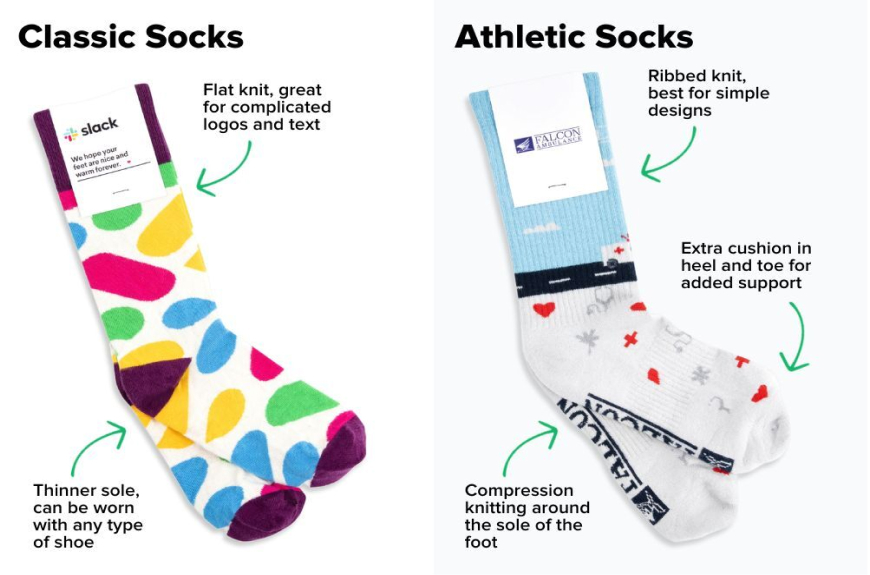Have you ever pulled your favorite pair of white socks out of the laundry only to find them sporting an unwelcome yellow tinge? You're not alone. This common phenomenon affects many people, and there are several reasons why your socks might be turning yellow. Let's explore the most common causes of this frustrating issue that many sock enthusiasts face.
Sweat and Bacteria
One of the primary culprits behind yellowing socks is the combination of sweat and bacteria. When your feet perspire, the moisture creates an environment where bacteria can thrive. These microorganisms, combined with proper sock care techniques, can lead to yellow staining over time.
Laundry Detergent Buildup
Sometimes the very products we use to clean our socks can cause yellowing. Detergent residue can accumulate in fabric fibers, especially in high-quality wool socks, leading to a yellowish discoloration that becomes more noticeable over time.
Chemical Reactions
Your socks might turn yellow due to chemical reactions between your body's natural oils, skincare products, and the sock material. This is particularly common with certain fabric blends and dye techniques used in sock manufacturing.
Poor Quality Materials
Lower-quality materials are more prone to discoloration. Understanding how socks are manufactured can help you make better choices when purchasing new pairs.
Medical Conditions
Some medical conditions, particularly those affecting foot health and circulation, can cause excessive sweating or chemical changes in perspiration that lead to yellow staining.
Environmental Factors
Environmental conditions like humidity and heat can accelerate the yellowing process. This has become such a common issue that many people have taken to social media to share their experiences and solutions.
Improper Storage
Storing socks in dark, damp places or leaving them unwashed for extended periods can contribute to yellowing. This is especially true for athletic socks that endure heavy perspiration.
Wrapping Up
Yellow socks can be frustrating, but understanding the causes helps prevent the issue. By choosing quality materials, using appropriate washing techniques, and addressing any underlying medical conditions, you can keep your socks looking fresh and clean for longer. Remember that proper sock care is essential for maintaining both appearance and comfort.


